How To Treat Common Workplace Injuries With Your Medical Kit
Going to work is a part of daily life, but maybe your everyday life has a few more hazards than you initially thought. Millions of workers are injured on the job and thousands die each year. And while you may think it's simply an occupational hazard, you can help prevent these tragedies.
However, it's impossible to remove all workplace injuries. When some of these common injuries occur, you will need more than the twenty-dollar first aid kit you picked up at the supermarket. You need a medical kit you can rely on and the knowledge to utilize the equipment efficiently.
Common Non-Fatal, Non-Severe Injuries & Their Treatment
Just because an injury is unlikely to result in death doesn't mean it shouldn't be addressed seriously. Many non-fatal injuries can result in other health problems down the road without the proper treatment. Besides, being able to treat basic injuries is a helpful life skill!
Burns
Burns are rated on their severity on a scale from first to sixth degree. First and sometimes second-degree burns are mild enough to be included in the "not serious" category. You can get these burns from chemicals, sunburns, scalding water, and even metal slides that are hot enough to grill on.
Treating first-degree burns is simple. Usually, all you have to do is apply antibiotic ointments, vitamin E, or aloe vera topically, and you can use burn gel or take pain medication to relieve any discomfort.
Second-degree burns require a bit more work since they have a higher risk of infection. First, rinse the burn in cool water. Don't use cold water or ice since ice crystals can quickly form in the skin and cause tissue damage, even in healthy, unharmed areas.  If blisters have formed, do not break them or touch them with anything unclean. Open blisters are more likely to become infected than normal burned skin. Blisters and burned skin that haven't broken normally don't need bandaging unless you want to protect the area from abrasions, irritation or dirt. Pat the area dry and apply a clean bandage. Whenever it becomes dirty or wet, replace the bandage. Nonstick dressings are best for more extensive burns that need protecting. The burn should be bandaged loosely to avoid placing pressure on it. Burns can swell very quickly, so burned limbs should be raised as long as possible.
If blisters have formed, do not break them or touch them with anything unclean. Open blisters are more likely to become infected than normal burned skin. Blisters and burned skin that haven't broken normally don't need bandaging unless you want to protect the area from abrasions, irritation or dirt. Pat the area dry and apply a clean bandage. Whenever it becomes dirty or wet, replace the bandage. Nonstick dressings are best for more extensive burns that need protecting. The burn should be bandaged loosely to avoid placing pressure on it. Burns can swell very quickly, so burned limbs should be raised as long as possible.
Breaks & Fractures
Minor breaks include breaks that don't penetrate the skin. These need to be splinted with a ready-to-use or makeshift splint, and the patient transported to the hospital. Fractures still need medical attention but should be iced and immobilized before being sent off. Most broken and fractured bones will heal on their own under the right conditions.
Concussions
This is a form of mild traumatic brain injury that occurs when something makes an impact with the head. Whether this is a jolt, bump, or someone's fist, they can all result in a concussion, regardless of whether the victim loses consciousness or not. Some concussion symptoms include headaches, confusion, memory loss, incoordination, nausea, dizziness, and fatigue.
When someone gets a concussion, they shouldn't drive or immediately fall asleep. If you receive severe brain damage, no one will notice the signs if you fall asleep. So as lovely as it would  be to sleep off a "little headache," a quick trip to dreamland could turn into an eternal rest.
be to sleep off a "little headache," a quick trip to dreamland could turn into an eternal rest.
Once someone has confirmed that it is a concussion and not something more fatal, you can start the recovery process. This includes lots of rest (yes, you can sleep now), minimal screen time, pain killers for the headache, and avoiding sports and activities that could cause more injuries. This can take a couple of weeks to heal, so buckle down and take a break.
Cuts and Lacerations
Even though the age-old saying "rub some dirt on it" is fun to say, we recommend doing the opposite. One because that would hurt, and two because the area could become infected.
For typical scrapes and cuts, clean the area and slap a bandage on. Some lacerations will need butterfly bandages or liquid skin to shut the wound. More severe cuts will need stitches put in by a medical professional.
Muscle Strains, Sprains, and Hyperextensions
The difference between these is that a strain is an injury between muscles that connect to bone, a sprain is an injury to the tissue that connects two bones together, and hyperextension is caused by a joint that's forced to extend beyond its ability.
All of these injuries are similar and consequently have similar treatments. Rest, ice, elevation, and the occasional pain meds are all you need for these injuries under normal circumstances. Most will heal between two to four weeks as long as you don't worsen the wound. So if you sprain your ankle, stay off it!
Repetitive Motion Strain

This specific kind of strain occurs when you go through a repetitive movement that begins to damage muscle. This damage builds up and eventually causes pain and leads to other injuries, such as stress fractures, nerve compression syndrome, and herniated disks. This prevalent injury usually affects fingers, wrists, elbows, arms, shoulders, and knees. Various things can cause this, ranging from poor posture when sitting or standing, vibrating tools, working in the cold, working out too hard without warming up or cooling down, and various sports. Even if you work a desk job, you can get repetitive motion strains. For example, typing, repetitively using a mouse, and sitting with poor posture can grant you this oh-so-fun injury.
This injury requires rest, ice, and elevation, like in the previous subsection. If the damage is in your finger, you can wear a splint to help reduce strain on the ligaments. It's difficult to give a definitive timeframe for healing since it varies so vastly. Some injuries are minor and will heal right up within a couple days, while others can take months and require medical assistance.
Common Severe & Potentially Fatal Injuries
Depending on the wound and location, a victim could die before emergency services even arrive. To prevent that, you need a portable med kit that can handle those injuries and the know-how to treat the victim with those supplies. Have someone nearby call 9-1-1 while you administer first aid for all of these injuries. The sooner the call is made, the quicker the patient can get professional medical attention.
Amputation
When this occurs, it is terrifying for both you and the patient. However, they can quickly bleed out, so you need to keep your cool. Put a tourniquet high and tight on the injured limb to cut off blood flow. You can also apply a hemostatic and pressure dressing should the tourniquet fail.
Crushing Injuries

Various wounds can be inflicted when a part of the body is crushed. Fractures, lacerations, and heavy bleeding are a few of them. If there is severe bleeding on a limb, treat it with a tourniquet or hemostatic dressing like you would an amputation. For example, heavy bleeding from the torso should be treated with hemostatic dressing and gauze. If the patient is bleeding but the limb is caught under an object, use a tourniquet.
Electrocution
Turn off the source of electricity or move yourself and the patient away from it. Do not touch the patient if they are still in contact with the electrical source. If the victim has stopped breathing, begin administering CPR. Any burns the victim sustained should be covered with sterile nonstick gauze. Until EMS arrives, keep the patient warm and watch for signs of shock.
General Heavy Bleeding
You're probably starting to pick up the importance of both tourniquets and hemostatic dressing. This is especially the case for any severe bleeding. Arterial bleeds on the limbs need tourniquets, while heavy bleeding near the groin and armpits need hemostatic dressing to stop the bleed.
Don’t know how to use a tourniquet? We’ve got you covered!
Torso Puncture Wounds
Objects that have impaled you should not be removed as this can further damage the area and cause the patient to bleed out. However, if the object is no longer in the body, crack open your portable med kit and throw a vented chest seal over the wound. Air can enter through the wound, collapse the lungs, and put someone in cardiac arrest. Because of this, the wound needs to be sealed. The vents in the chest seal will allow any air that has entered your body to safely exit the chest without letting more in.
Serious Breaks
A severe break is when the bone is either shattered or has broken through the skin (compound fracture). Stop any bleeding that may occur and immobilize the area if possible. These breaks will require surgery to heal and should be dealt with by professionals.
Common Safety Violations
Knowing how to treat injuries is all fine and dandy, but being aware of what can cause these wounds can also help you prevent and prepare for them. Some of the most common safety violations include inadequate personal protective equipment (eye, face, respiratory), unsafe ladders and scaffolding, and insufficient fall protection. These are all most commonly found in construction-related fields (in which case you may want a construction first aid kit), but this can apply to various other areas of work as well. For example, pest control workers need appropriate protective equipment when working with chemicals, and carpenters need to wear eye protection when using electric saws.
cause these wounds can also help you prevent and prepare for them. Some of the most common safety violations include inadequate personal protective equipment (eye, face, respiratory), unsafe ladders and scaffolding, and insufficient fall protection. These are all most commonly found in construction-related fields (in which case you may want a construction first aid kit), but this can apply to various other areas of work as well. For example, pest control workers need appropriate protective equipment when working with chemicals, and carpenters need to wear eye protection when using electric saws.
Another safety violation that isn't commonly thought of is the placement of your medical trauma kit or first aid kit. OSHA requires adequate first aid supplies to be in an easily accessible location, so the person providing first aid shouldn't have to travel far to retrieve the supplies.
Preventative & Preparedness Measures
In addition to knowing common safety violations, there are several things you can do to prevent injuries.
Education & Training
- All employees should know potential threats to their safety and what they can do to keep themselves and their coworkers safe. The more hazardous the job or workplace, the more education, and training there should be.
Only Use Equipment You've Been Trained On
- Even if someone's watched a forklift be operated a billion times doesn't mean they know how to use it. Moreover, some heavy machinery requires a special license and protection to operate. Not only could this get them both hurt and in trouble.
Following OSHA Guidelines
- In a world of OSHA violations, most people who've gotten hurt breaking those rules regret it. These keep you and your coworkers safe, so stick to the rules (no matter how badly you want to recreate Miley Cyrus' wrecking ball music video)!
Maintaining & Replacing Equipment
- Everything from your car to a wrench has an optimal working condition, and it's best to keep them in that condition. When you're on the job, it can make your work easier and keep you safe. For example, chainsaw chains can cause severe injuries by breaking and flying off at a high velocity. This often occurs due to improper maintenance and use.

The best way to be prepared for workplace emergencies is to make sure several people on each shift have some first aid training, and everyone knows where the first aid kit is. Large, well-stocked, portable med kits are your best bet to be prepared for the daily bumps and bruises as well as life-threatening emergencies. However, if your workplace lacks an appropriate trauma kit, you can save lives in style with The Medic and have yourself the closest thing you can get to a portable hospitable!
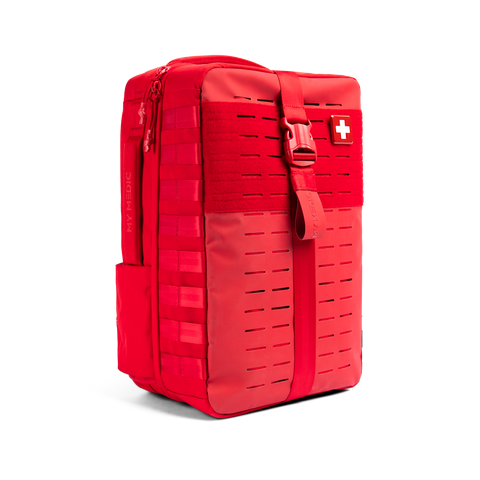 NEW ARRIVALS
NEW ARRIVALS
 BEST SELLERS
BEST SELLERS
 SUPERSKIN™
SUPERSKIN™
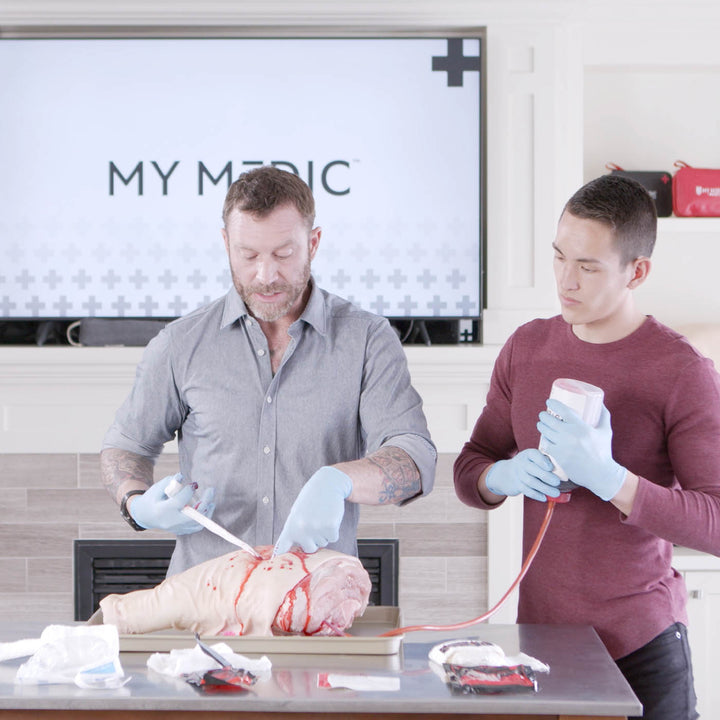 COURSES
COURSES
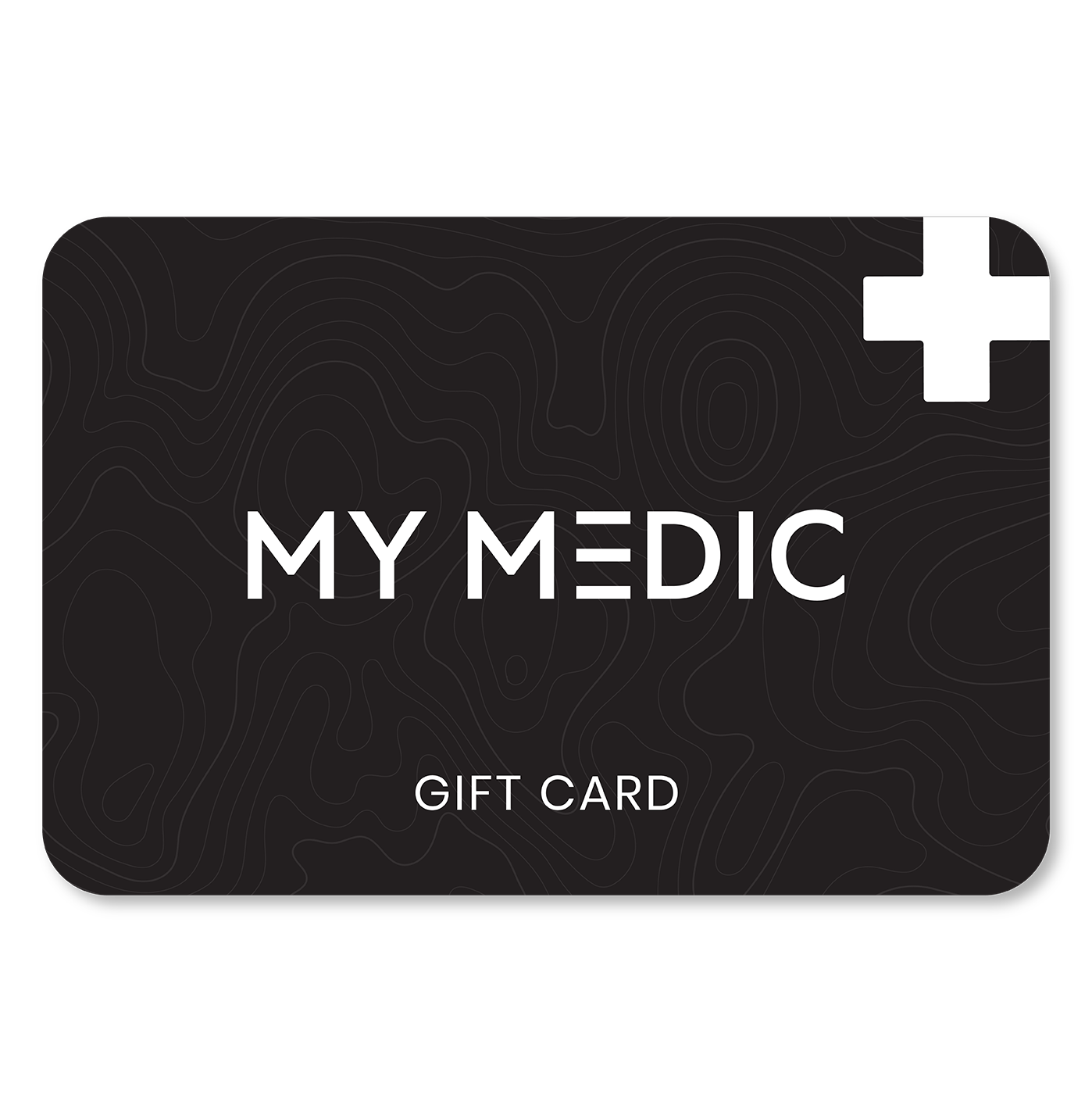 REWARDS
REWARDS
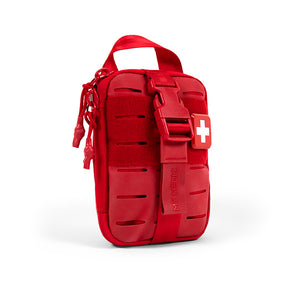 The MyFAK Collection
The MyFAK Collection
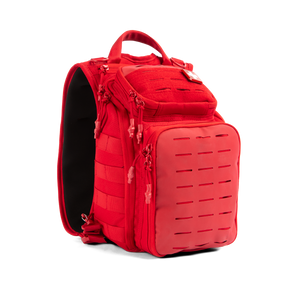 Specialty
Specialty
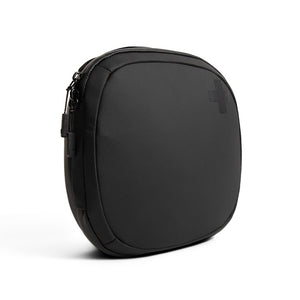 The Ready Collection
The Ready Collection
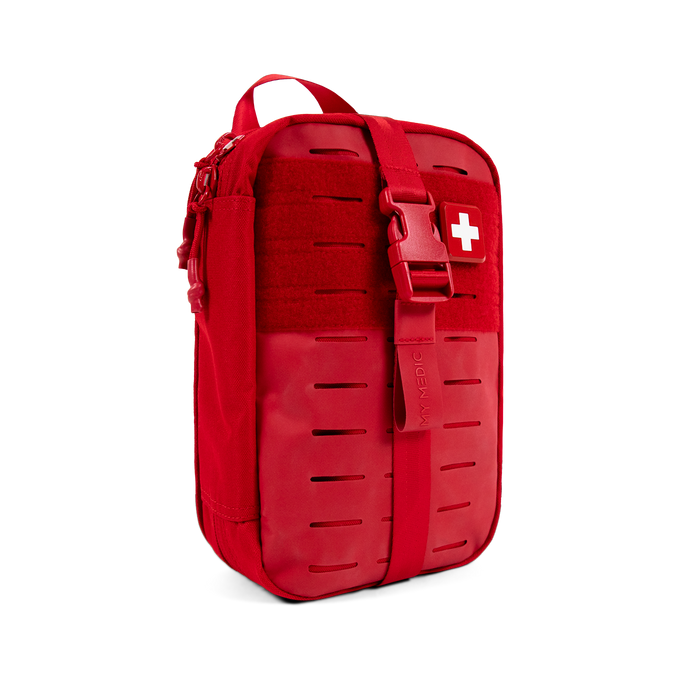
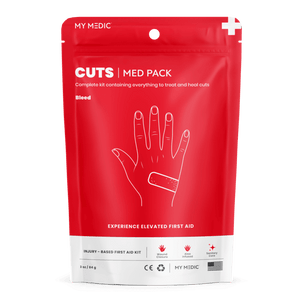 BLEED
BLEED
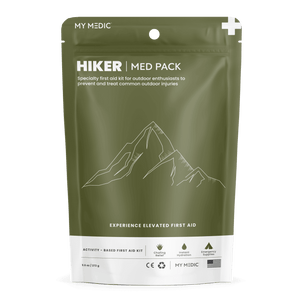 OUTDOOR
OUTDOOR
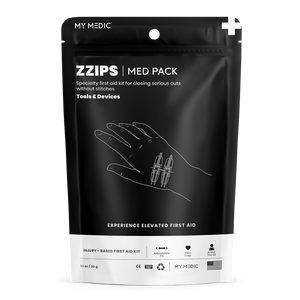 TOOLS & DEVICES
TOOLS & DEVICES
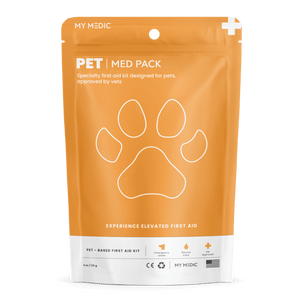 SPECIALTY
SPECIALTY
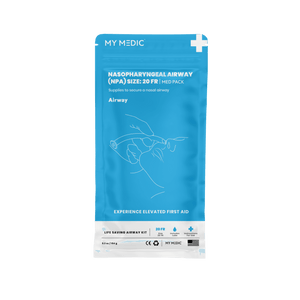 AIRWAY
AIRWAY
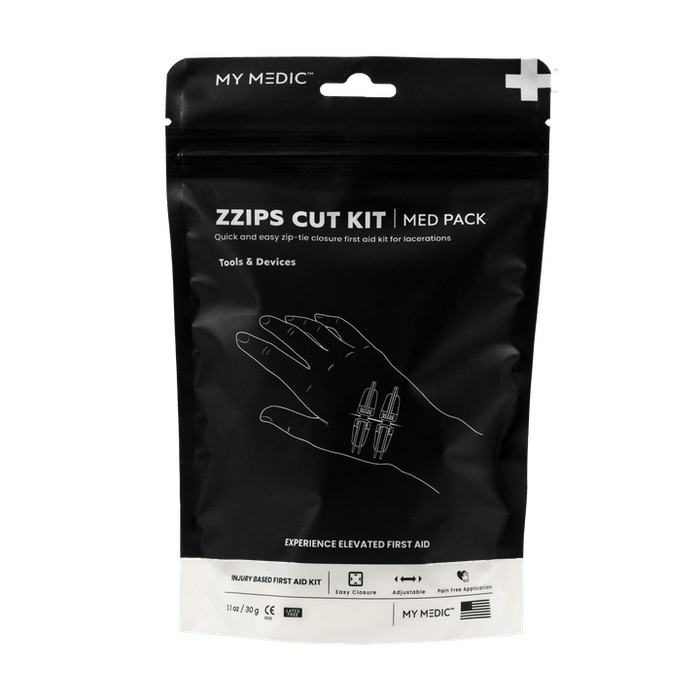
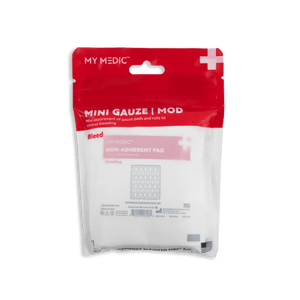 BLEED
BLEED
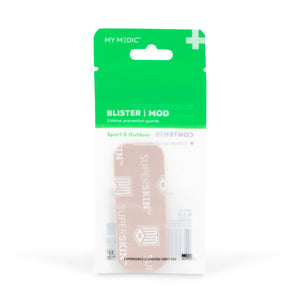 OUTDOOR
OUTDOOR
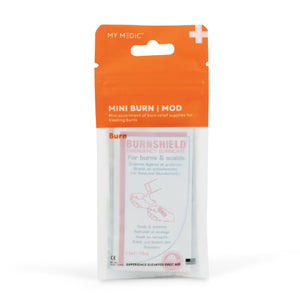 BURN
BURN
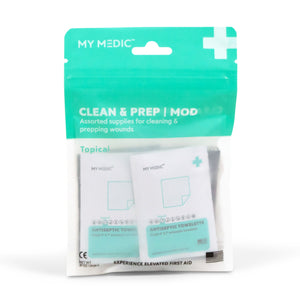 TOPICAL
TOPICAL
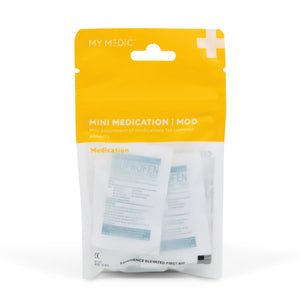 MEDICATION
MEDICATION
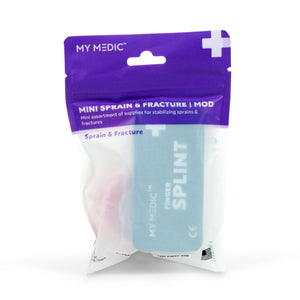 SPRAIN & FRACTURE
SPRAIN & FRACTURE
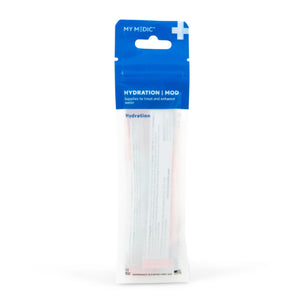 HYDRATION
HYDRATION
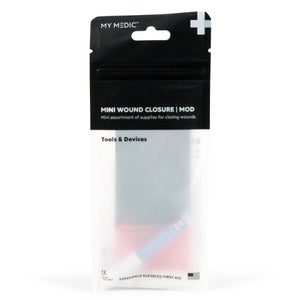 TOOLS & DEVICES
TOOLS & DEVICES
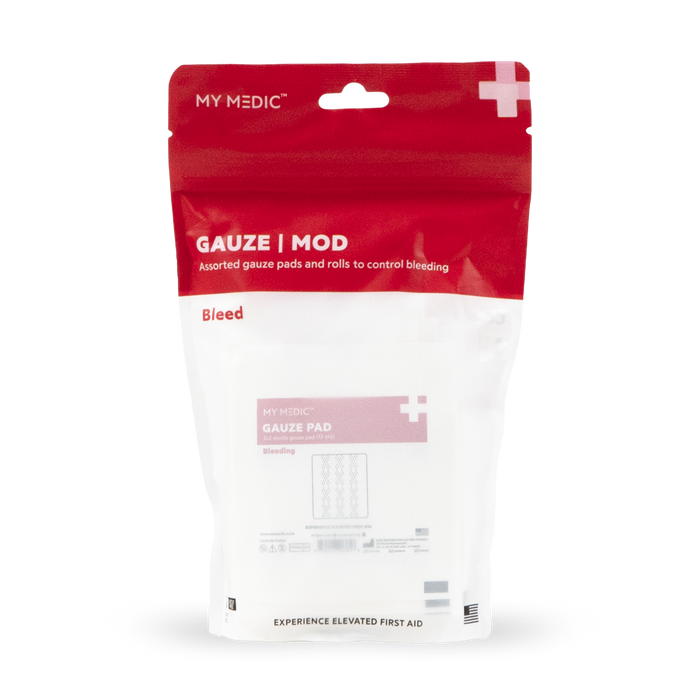
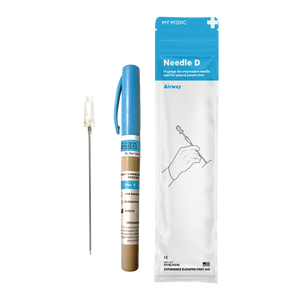 Supply Categories
Supply Categories
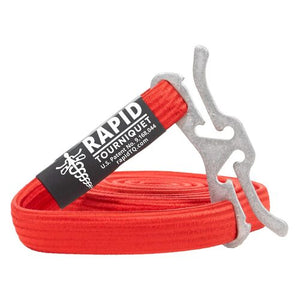 Top Sellers
Top Sellers
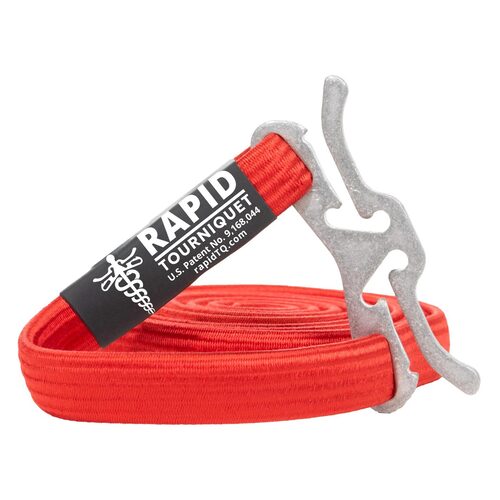





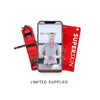
Leave a comment